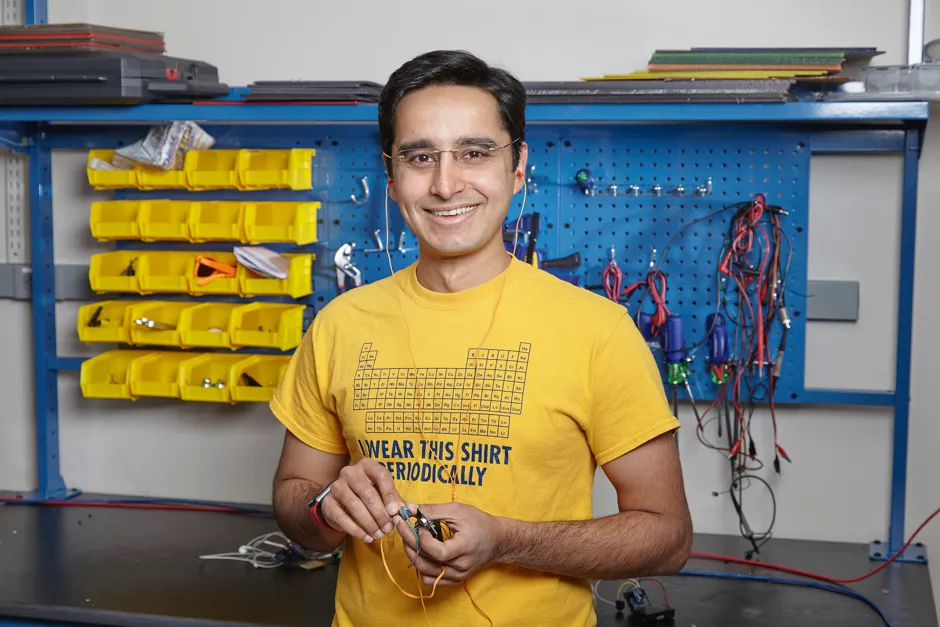A new hearing aid that costs less than £1 has been developed by researchers at the Georgia Institute of Technology. The device could help millions of older people around the world, for whom current treatment is inaccessible or too expensive.
Around 11 million people in the UK are living with hearing loss, of which 8 million are age 60 or older. A hearing aid is able to help those who still have some hearing ability left, but are finding it hard to hear specific pitches of sound – such as doorbells or phones ringing – or pick out individual voices in a conversation.
This is because a hearing aid can be tuned to boost sounds at certain frequencies, depending on the type of hearing loss a person has. Older adults tend to lose the ability to hear sounds at higher frequencies.
Read more about hearing loss:
- Loud music puts young people at risk of undetected hearing damage
- Alzheimer's could be triggered by hearing loss
- More than 1 in 10 report post-COVID-19 hearing deterioration
The paper’s first author, Soham Sinha, is a long-term user of hearing aid technology.
"I was born with hearing loss and didn't get hearing aids until I was in high school," said Sinha, who worked on the project as an undergraduate and is now a Ph.D. student at Stanford University. "This project represented for me an opportunity to learn what I could do to help others who may be in the same situation as me but not have the resources to obtain hearing aids."

Instead of sitting behind the ear, the team's new, low-cost device hangs around the user’s neck. It uses a microphone to pick up sound, which is then sent to an amplifier to be enhanced.
“We used filters to shape the amplification, for example, to selectively amplify sounds above 1000Hz,” said M Saad Bhamla, an assistant professor in chemical engineering and one of the study’s authors. “This was done to match the typical age-related hearing loss acoustic profile, which shows loss of hearing in higher frequencies above 1000Hz.”
More on accessibility tech:
- Haptic technology uses ultrasound waves to create Braille out of thin air
- LED light from a £12 torch 'significantly improves vision' for the over 40s
- 'Third thumb' human augmentation rewires the brain
The hearing aid is enclosed in a 3D-printed case. Altogether, the researchers say their device cost 98 cents (around 76 pence) to make.
"We have shown that it is possible to build a hearing aid for less than the price of a cup of coffee," said Bhamla. "This is a first step, a platform technology, and we've shown that low cost doesn't have to mean low quality."
Reader Q&A: Does ear shape affect hearing?
Asked by:Walt Haddock, California, US
Yes. The outer part of your ear, the pinna, is shaped to amplify sounds and locate their source.
Try listening to a steady sound while moving your head or bending your ears. The changes you notice are what the brain uses to determine location, and the pinna’s shape exaggerates these variations. Everyone’s ears are different, so we learn this skill from infancy.
In experiments, people wearing false ears have trouble localising sounds for up to six weeks but they don’t lose the ability to hear without them. So this is more like learning a new language than adapting to a new sense.
Read more:
